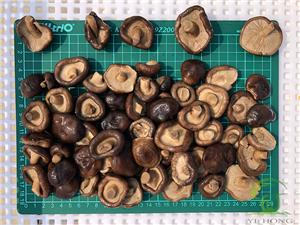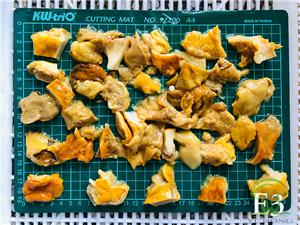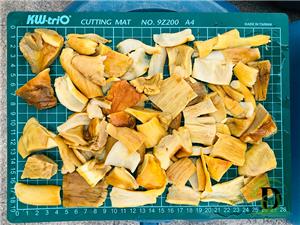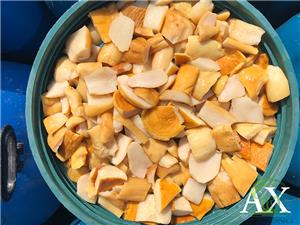Do You Know the Principle of Saltwater Wild Boletus?
Porcini is a common wild fungus with a hypertrophic body and delicious taste, but storing porcini is a difficult problem, but we found that saltwater wild boletus can keep porcini fresh and increase flavor for a long time through preservation and marinating effects. This article will explain to you the principle of saltwater wild boletus.
The principle of saltwater wild boletus:
1. Penetration: saltwater wild boletus uses penetration to keep fresh. The water in the porcini bacteria and the saline water can form a concentration difference. The osmotic effect of this concentration difference causes the water inside the porcini bacteria to be discharged out through the osmotic effect, in order to maintain the freshness of the porcini bacteria. The osmotic effect can also prevent the rupture of cell membranes, reduce the mechanical damage of porcini, and extend the shelf life of porcini.
2. Antibacterial: saltwater wild boletus keeps fresh through antibacterial effects. The high-concentration brine environment formed during the salting process is not conducive to the reproduction of bacteria and molds, thereby inhibiting the growth of microorganisms on Porcini. The salt in saltwater wild boletus reduces the growth rate of bacteria and other microorganisms, which can achieve the purpose of inhibiting the number of bacteria. The antibacterial effect can effectively avoid the spoilage and deterioration of porcini.
3. Catalytic reaction: salting can also change the flavor of porcini through catalytic reaction. During the salting process, the salt will react chemically with the natural products in the porcini bacteria to form some new flavor substances, such as acids, esters, aldehydes, etc. These substances can increase the flavor of boletus, giving saltwater wild boletus a unique taste and fragrance. The catalytic reaction can also increase the appetite and visual effects of saltwater wild boletus by changing the color and texture of Boletus.
There are some precautions in the process of saltwater wild boletus. The first is the choice of salt. Edible rock salt, sea salt or table salt are usually used. These salts are rich in minerals and trace elements, which can increase the flavor of porcini. The second is the ratio of salt to porcini. The specific ratio should be determined according to the number of porcini and personal taste. It is also necessary to pay attention to the contact area between the porcini and the brine. It is best to cut the porcini into small pieces or thin slices, because this can increase the contact area between the porcini and the brine, accelerate the penetration of salt and the salting effect. In addition, temperature and time are also important factors for saltwater wild boletus. Too high temperature and too long time will affect the taste and flavor of boletus, so it is necessary to master the appropriate temperature and time according to the characteristics of boletus.
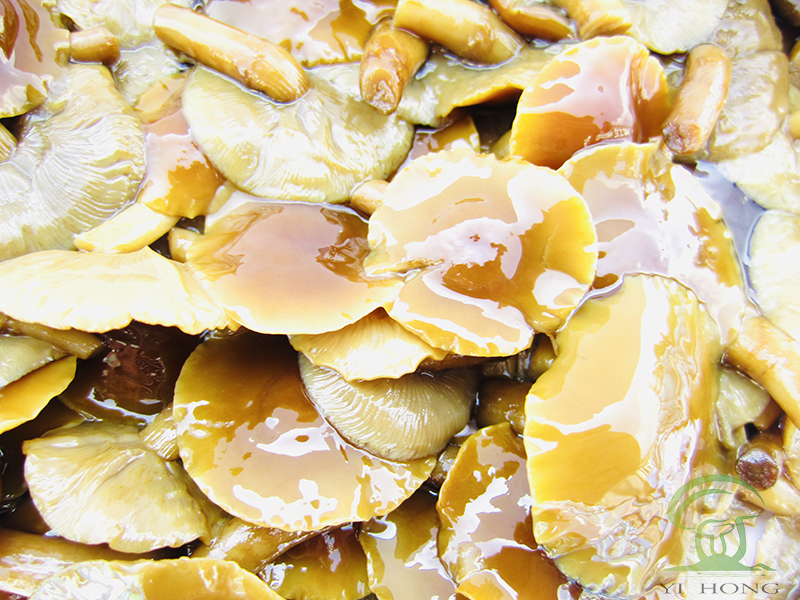
Yihong Agricultural Products Co., Ltd. is an enterprise specializing in the primary processing of agricultural products. Our company's main products include more than ten kinds of wild and cultivated edible fungi such as porcini, porcini, globular bacteria, and shiitake mushrooms. Our company uses selected raw materials to ensure product quality through the mature experience of workers, skilled operation and professional screening equipment. If you want to purchase saltwater wild boletus, please feel free to contact us, we look forward to cooperating with you!
- Company News
- Industry News
- Product News
- Video

